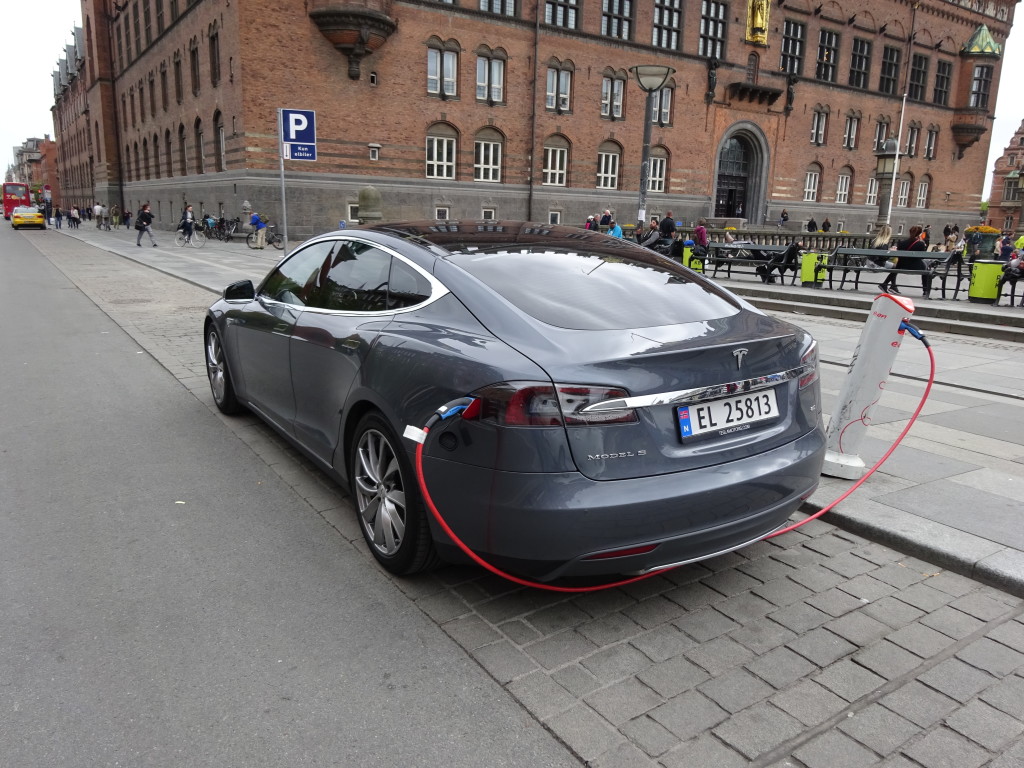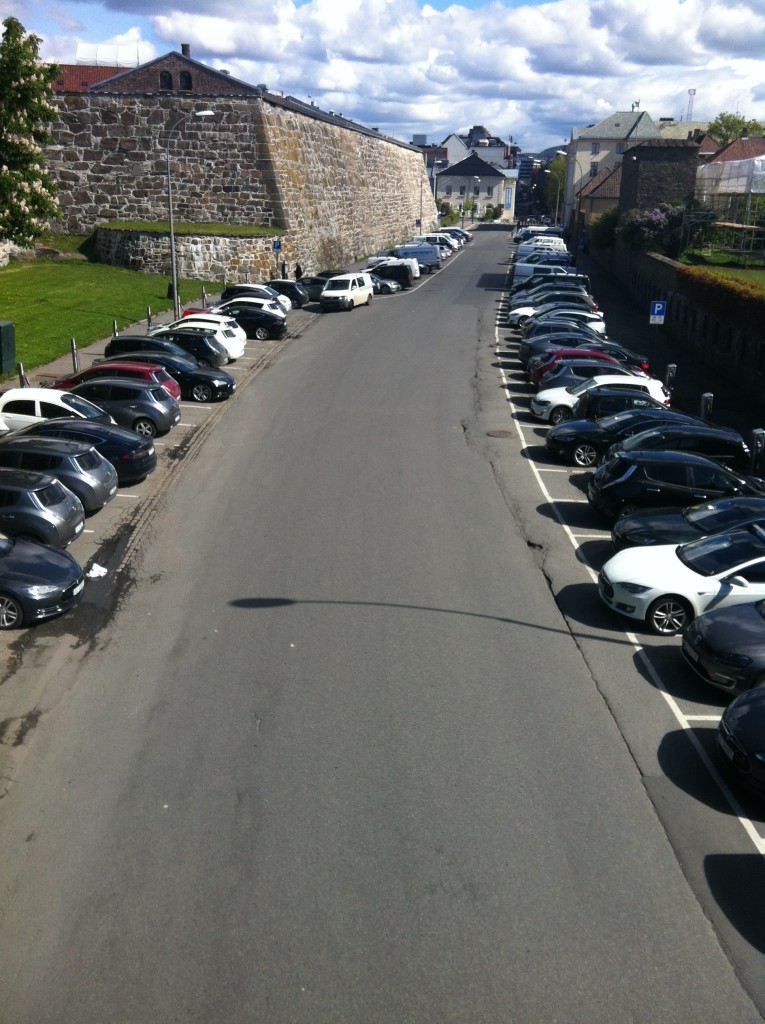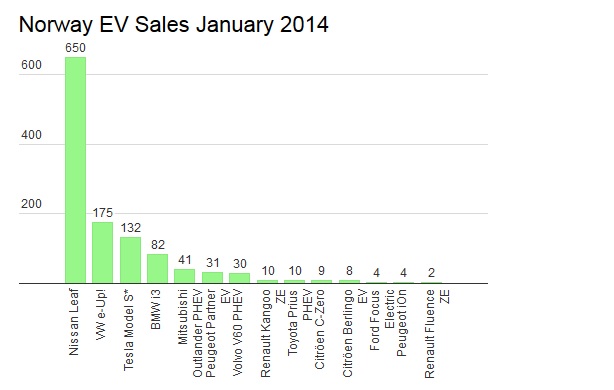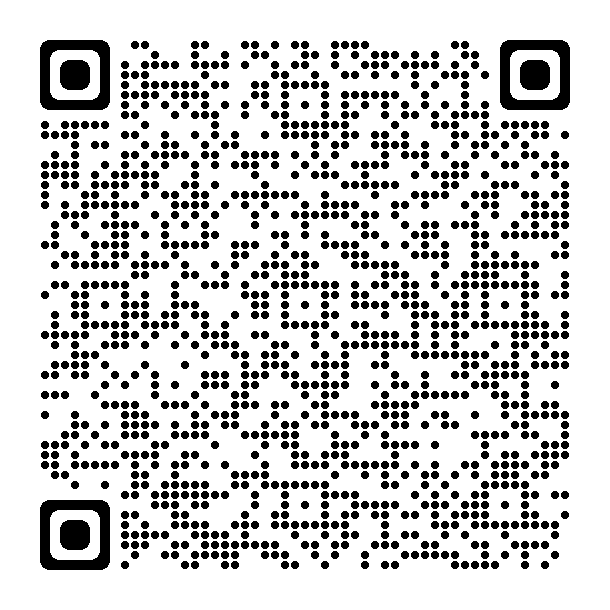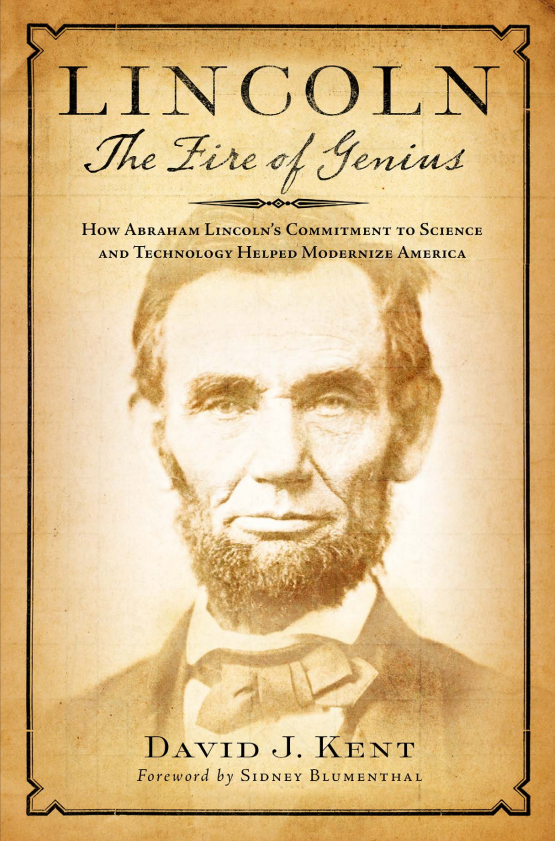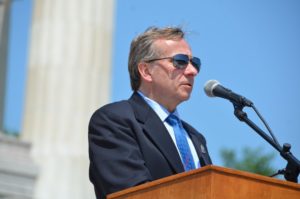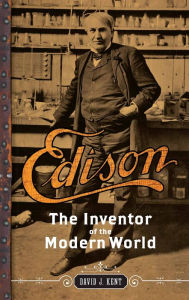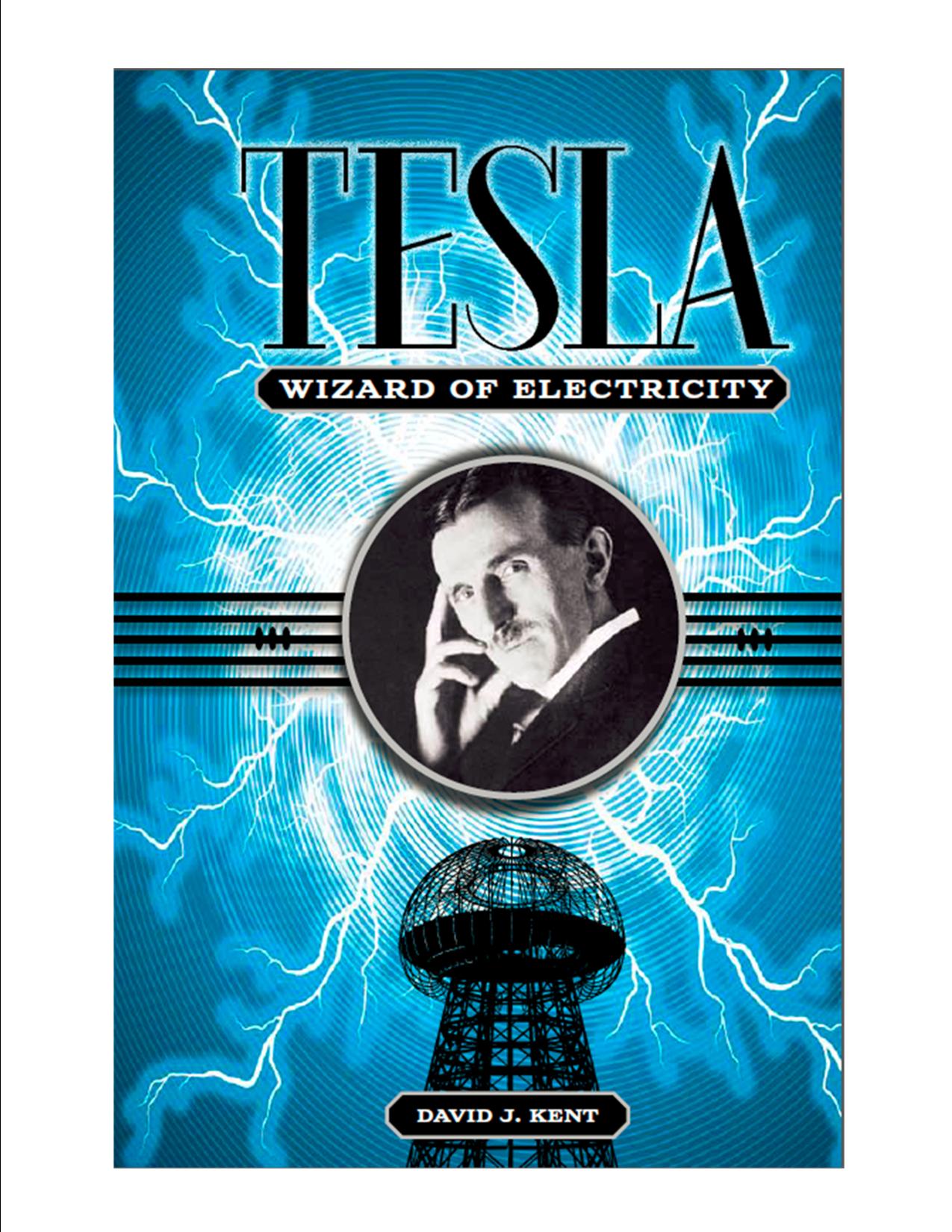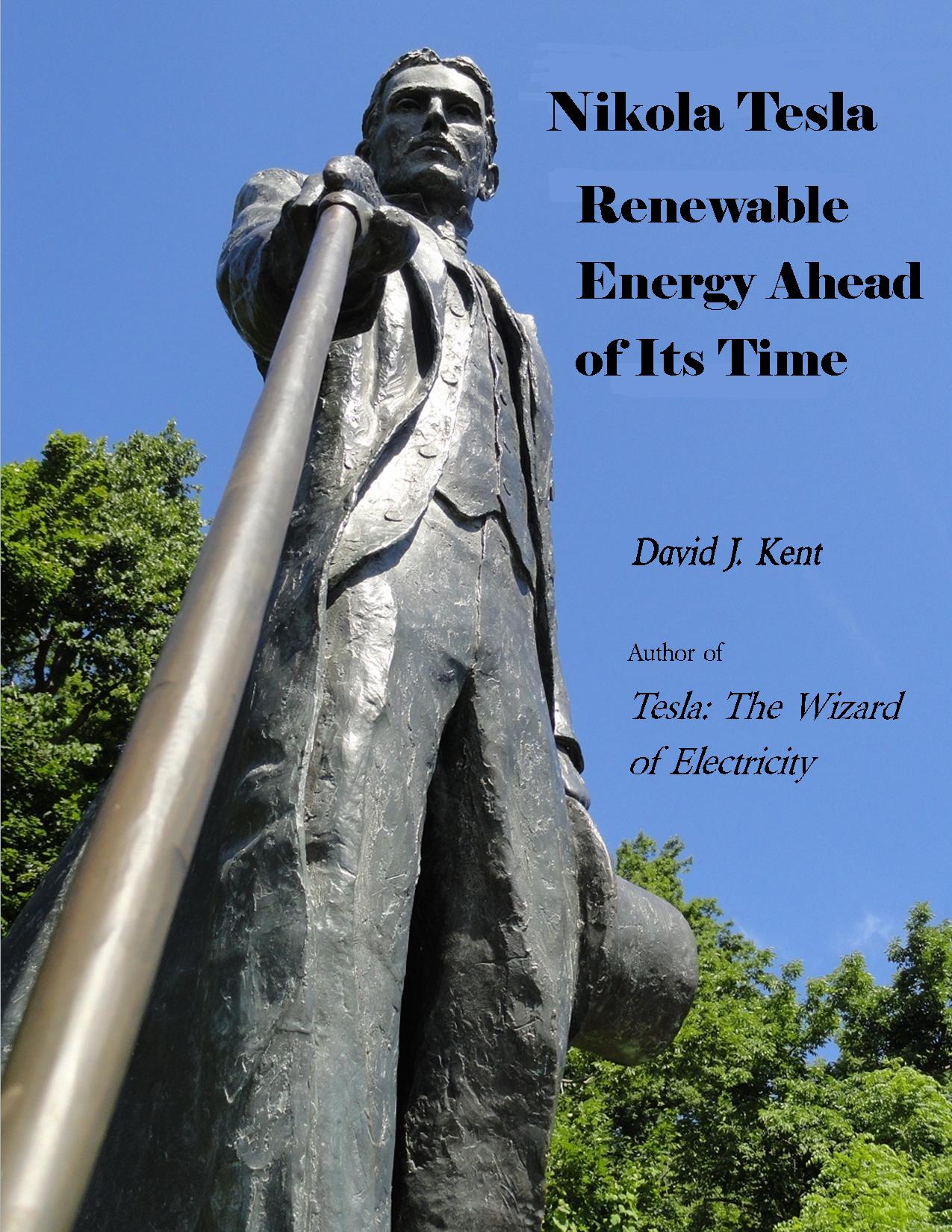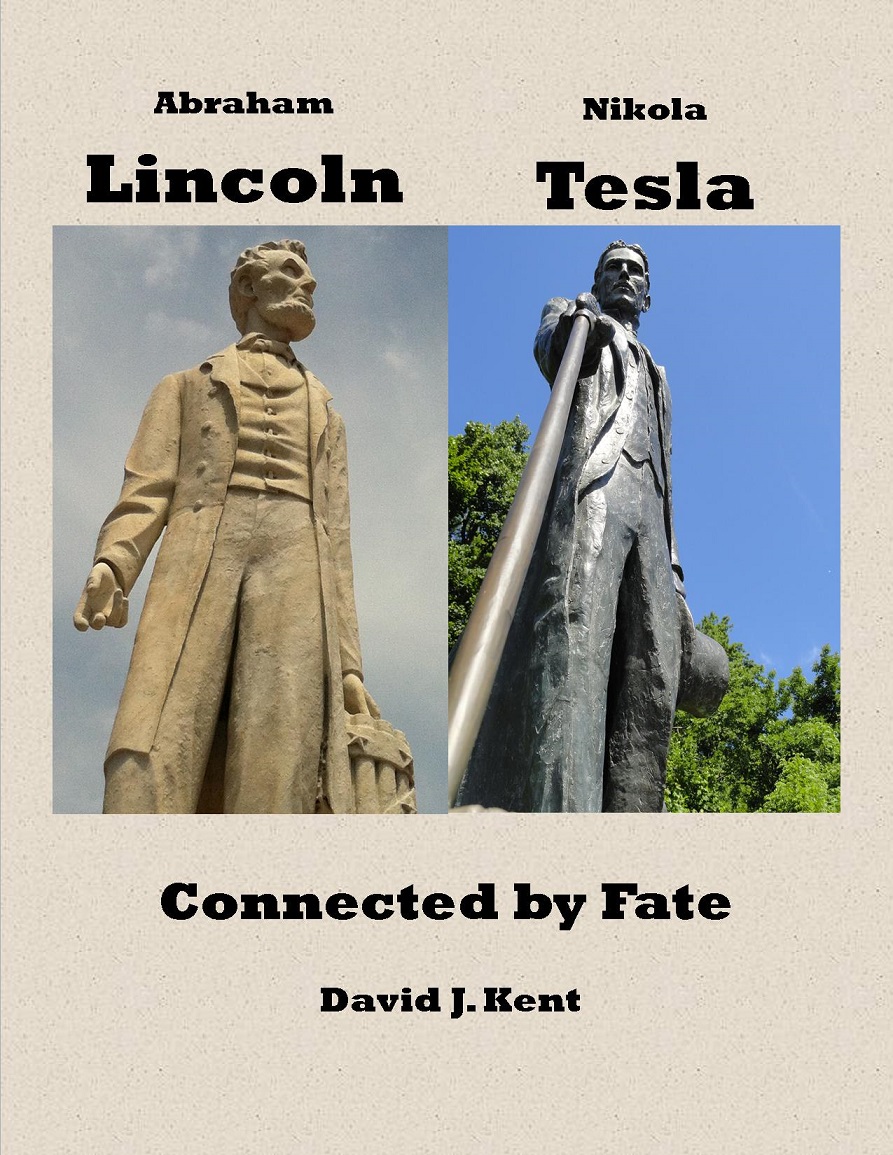In January I set a goal on Goodreads of reading 50 books over the course of the year. I guess I’ll make my goal because as of the end of June – the halfway point – Goodreads tells me that I am “18 books ahead of schedule.” I have read 42 books so far in 2015.
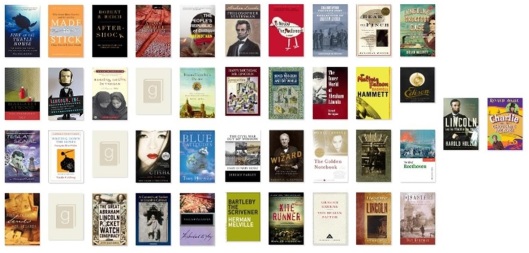 I’m not overly surprised. Last year I set a goal of 50 books, then raised that to 75 when it was clear I would pass it, before finishing out the year at 84 books read (which I documented in Reading is Fundamental). The idea behind limiting it to 50 this year was because I planned to read less and write more. It turns out I was doing more of both.
I’m not overly surprised. Last year I set a goal of 50 books, then raised that to 75 when it was clear I would pass it, before finishing out the year at 84 books read (which I documented in Reading is Fundamental). The idea behind limiting it to 50 this year was because I planned to read less and write more. It turns out I was doing more of both.
The reading can be split into a few separate genres, the most prolific being books about Abraham Lincoln. I’ve read 15 books so far that look specifically at different aspects of Lincoln’s life and the Civil War. Included in this group are books about his character (Philosopher Statesman), law cases (Lincoln’s Greatest Case), and interactions with the press (Lincoln and the Power of the Press). I also tossed in a book about my home town’s soldiers (Ipswich in the Civil War) and insights from the Smithsonian (The Civil War Out My Window).
This year I also had a new focus – Thomas Edison.
[Continue reading at Hot White Snow]
The above is a partial of a full article “On Writing” on Hot White Snow, my creative writing blog. Please click on the link above to read further. Thanks.
I’ll have photos and stories from my most recent science traveling trips to Scandinavia and Quebec shortly.
David J. Kent has been a scientist for over thirty years, is an avid science traveler, and an independent Abraham Lincoln historian. He is the author of Tesla: The Wizard of Electricity and the e-book Nikola Tesla: Renewable Energy Ahead of Its Time. He is currently writing a book on Thomas Edison.
Follow me by subscribing by email on the home page. And feel free to “Like” my Facebook author’s page and connect on LinkedIn. Share with your friends using the buttons below.



 Earlier this year I posted a series of articles explaining what scientific peer-review is, and what it isn’t. The series was very popular so I’ve decided to create this single post that links to all the previous ones.
Earlier this year I posted a series of articles explaining what scientific peer-review is, and what it isn’t. The series was very popular so I’ve decided to create this single post that links to all the previous ones.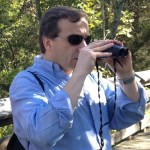 For some reason I thought of the old days in Catholic confessional in which I would ask the priest to bless me from my sins and say “It has been 30 days since my last confession.” Well, I’m not really confessing, and I don’t consider it a sin, but I must admit “It has been 30 days since my last science traveling.” That trip was to Scandinavia – Denmark, Sweden, Norway. As you read this I’ve already been several days into my current trip to the northeast – New England and Quebec.
For some reason I thought of the old days in Catholic confessional in which I would ask the priest to bless me from my sins and say “It has been 30 days since my last confession.” Well, I’m not really confessing, and I don’t consider it a sin, but I must admit “It has been 30 days since my last science traveling.” That trip was to Scandinavia – Denmark, Sweden, Norway. As you read this I’ve already been several days into my current trip to the northeast – New England and Quebec.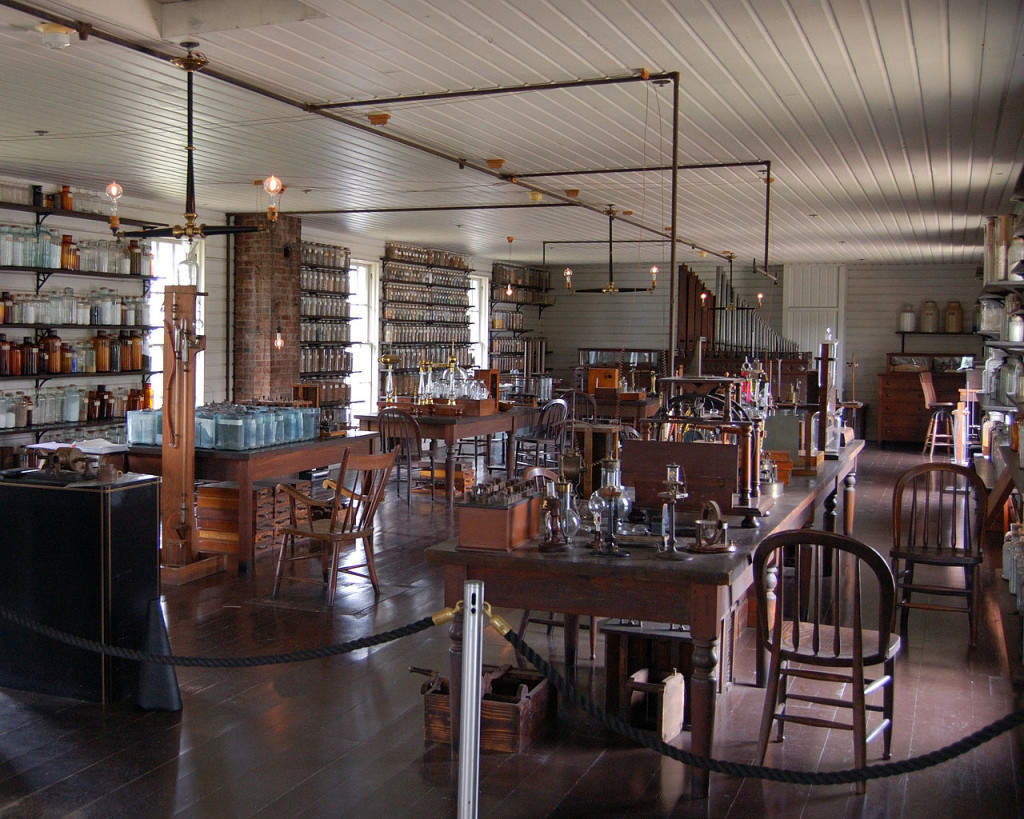
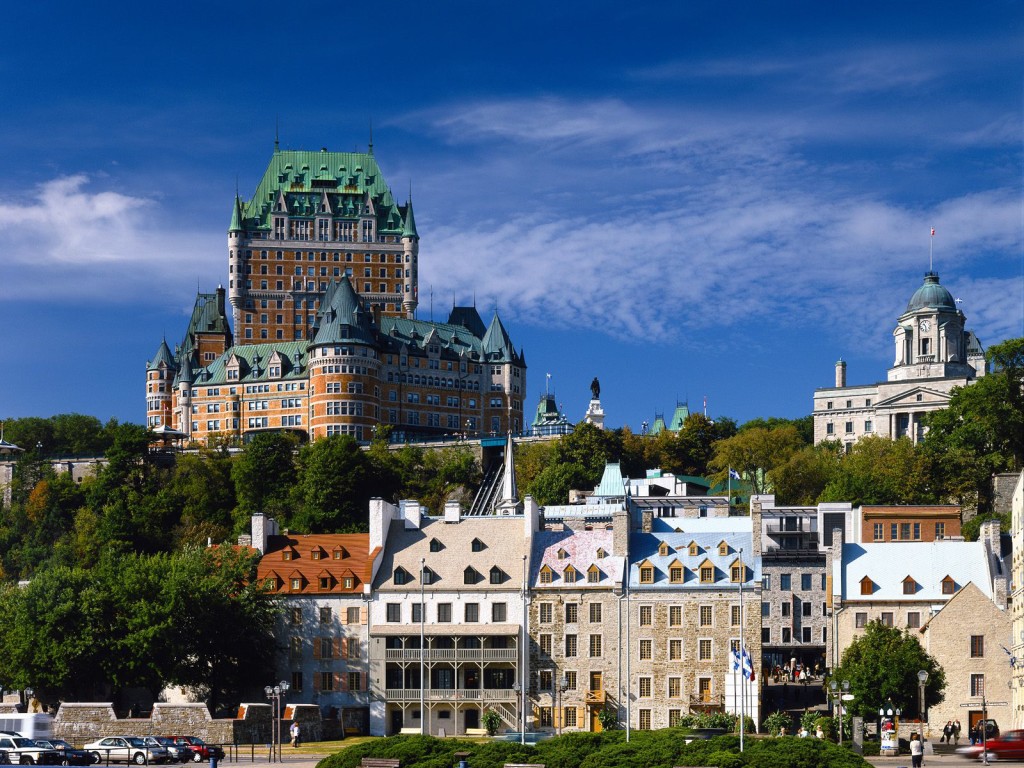
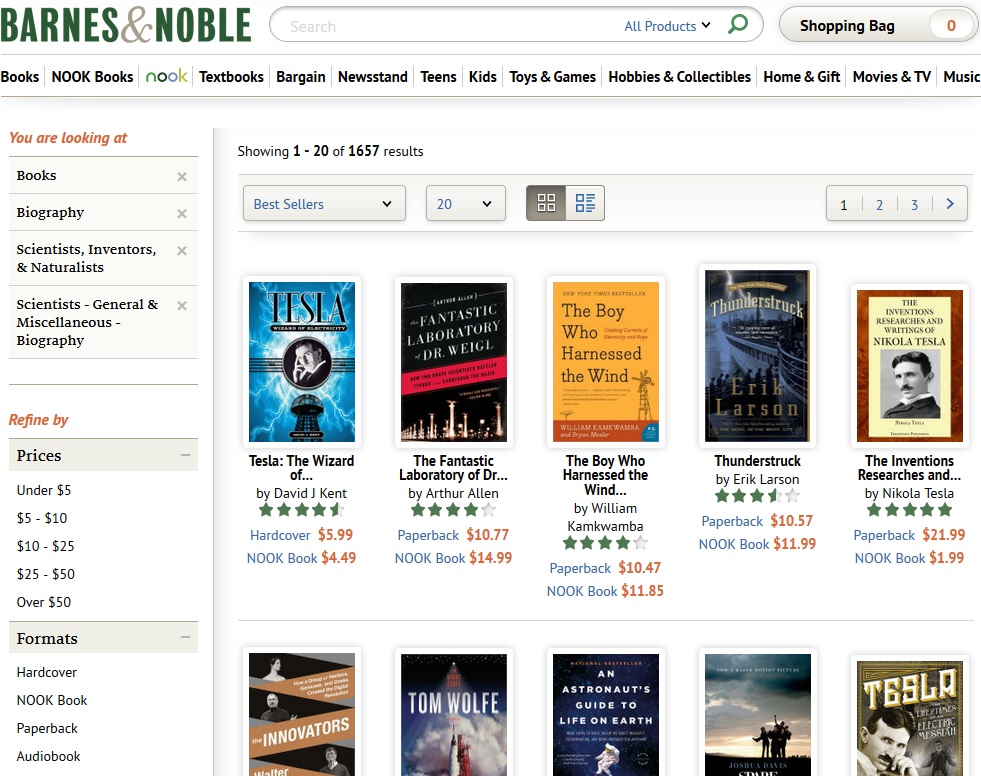

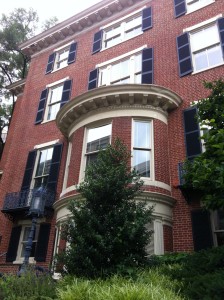
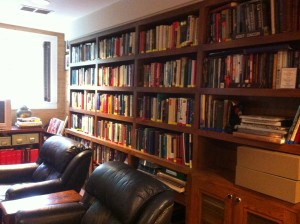
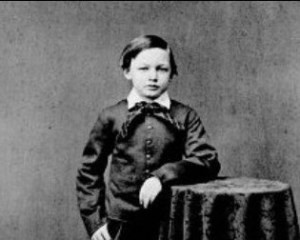
 This week the Citizens’ Climate Lobby (CCL) held its 6th annual International Conference in Washington, DC. The keynote speaker was Dr. Katharine Hayhoe, an atmospheric scientist at Texas Tech University in Lubbock, Texas. In addition to being a climate scientist, Hayhoe is an evangelical Christian, which generally would be irrelevant to the discussion except that she, with her husband, pastor Andrew Farley, wrote
This week the Citizens’ Climate Lobby (CCL) held its 6th annual International Conference in Washington, DC. The keynote speaker was Dr. Katharine Hayhoe, an atmospheric scientist at Texas Tech University in Lubbock, Texas. In addition to being a climate scientist, Hayhoe is an evangelical Christian, which generally would be irrelevant to the discussion except that she, with her husband, pastor Andrew Farley, wrote 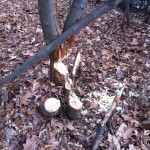 Recently I marveled at the nature around us, and then today I realized how much of it is no longer there. This point was emphasized as I read the following:
Recently I marveled at the nature around us, and then today I realized how much of it is no longer there. This point was emphasized as I read the following: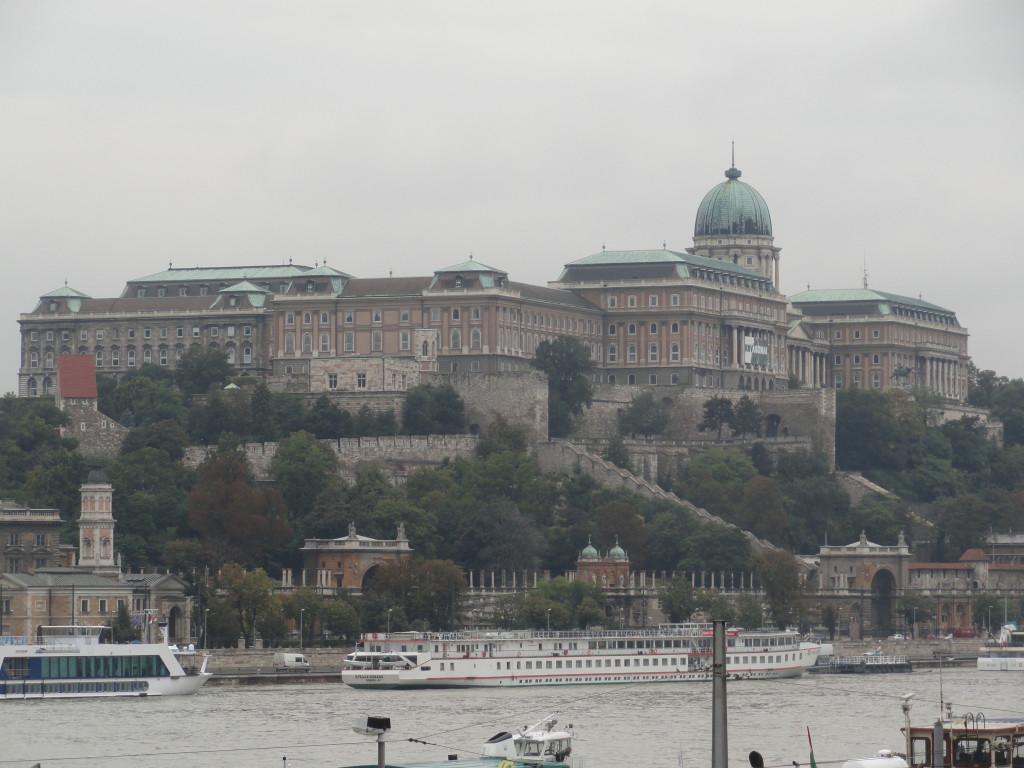
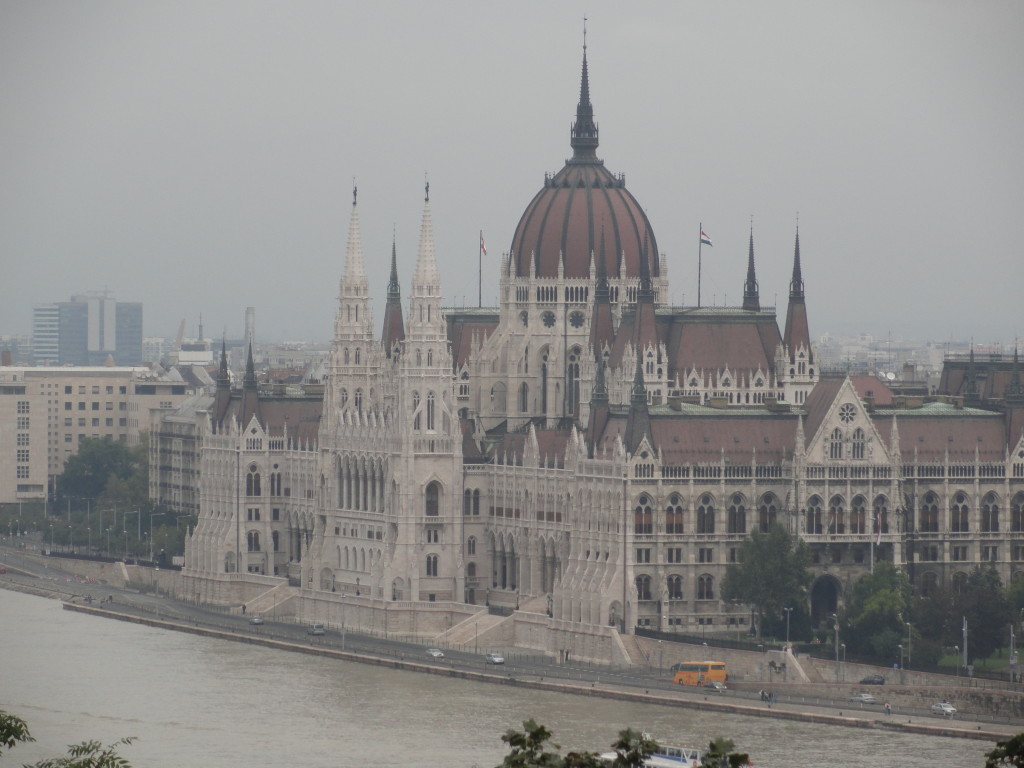
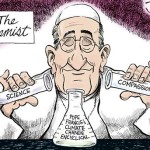 It should go without saying that when you deny reality long enough, eventually reality makes you look foolish. Climate deniers have been denying the science behind man-made climate change for so long that they have lost even the illusion of credibility. They have become their own worst enemy, and as such have put themselves on a path of complete irrelevancy.
It should go without saying that when you deny reality long enough, eventually reality makes you look foolish. Climate deniers have been denying the science behind man-made climate change for so long that they have lost even the illusion of credibility. They have become their own worst enemy, and as such have put themselves on a path of complete irrelevancy.